How Are Acoustic Rooms Made Using Prefabricated Structures
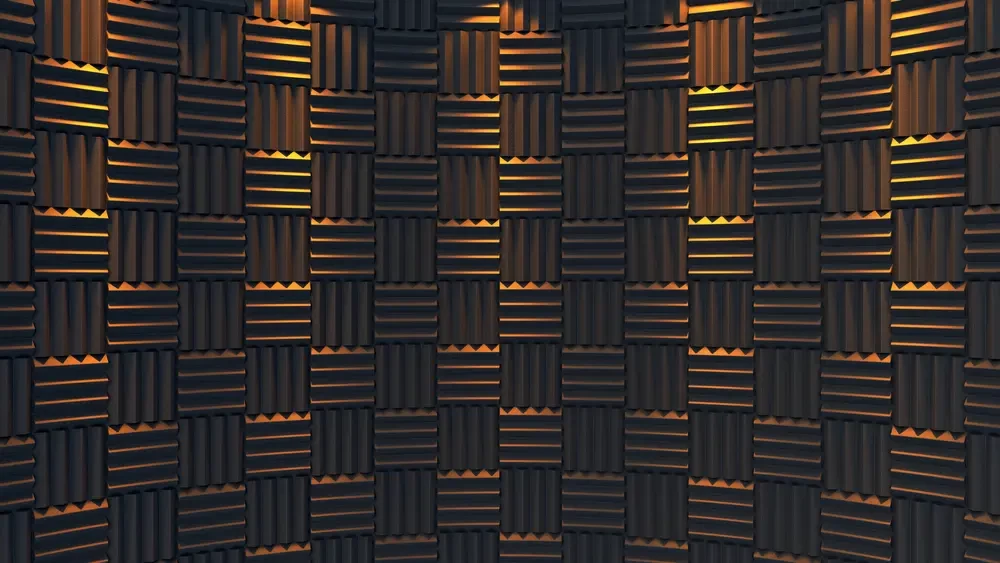
Acoustic Rooms Made Using Prefabricated Structures
In today's urbanized and bustling environment, the demand for spaces that offer sonic clarity and isolation has never been higher. Enter the realm of acoustic rooms - specialized environments meticulously designed to manage sound, either by enhancing it, isolating it, or both. From state-of-the-art recording studios and home theaters to quiet zones for meditation or focused work, these rooms serve as sanctuaries against external noise disturbances, ensuring pristine auditory experiences.
Nonetheless, our understanding of the significance of acoustics has improved, and we now require faster building methods to match this. In this regard, prefabricated structures come in handy, transforming the concept of acoustic rooms. By learning how acoustic rooms are made using prefabricated structures and leveraging modular components that are manufactured off-site and then swiftly assembled on location, prefabricated structures present a modern solution, blending the science of sound with the efficiency of contemporary construction. The resulting synergy offers a glimpse into the future of acoustic room design, promising quality without traditional time constraints.
What are acoustic structures/rooms?
Acoustic rooms, at their core, are spaces engineered to control sound waves. By manipulating how sound interacts with surfaces and the environment, these rooms achieve specific auditory outcomes, whether it's amplifying, isolating, or deadening sound. Their primary purpose lies in ensuring sonic purity, minimizing unwanted noise, and maximizing the desired sound.
The applications of acoustic rooms are vast and varied. Recording studios, for instance, demand impeccable sound clarity, capturing every nuance of musical performance while eliminating external disturbances. Home theaters, on the other hand, focus on delivering immersive auditory experiences, transporting viewers right into the heart of their favorite films. Moreover, in the research and development sectors, sound testing chambers use these principles to test products for noise levels and sound quality.
In essence, wherever there's a need to control, test, or enhance sound, you'll find the meticulous design and thoughtful construction of an acoustic room at work.
Acoustic rooms made using prefab structures
Building an acoustic room with the efficiency of prefabricated structures merges the detailed craft of sound engineering with the modern approach of modular construction. At the heart of this marriage lies the aim to create a robust space that resonates with optimal acoustics. The journey begins with selecting the right materials. Prefabricated acoustic panels, typically made of dense substances such as mass-loaded vinyl or polyurethane foam, stand out for their ability to absorb and soundproof effectively. Additional soundproofing agents, like resilient channels or acoustic sealants, might be woven into the design for enhanced effect.
As the construction progresses, attention is first given to laying a solid foundation. Since ground vibrations can play havoc with sound quality, this foundation often adopts isolated or floated designs to curtail such disturbances. With the foundation in place, floor panels laced with sound-deadening materials are laid out, setting the stage for the walls. The wall panels, enriched with acoustic treatments, seamlessly interlock on this base. These are further complemented by suspended ceiling panels, creating a cohesive environment primed for sound.
But the process doesn't stop there. The room is further refined with additional acoustic treatments. Elements like bass traps or diffusers can be introduced, tailoring the room's acoustics to perfection. The final touches involve installing specially designed heavy doors for sound isolation and, if required, multi-layered windows to ensure no sound escapes. Not to forget, ventilation is critically addressed to balance the influx of fresh air without disrupting the room's soundproof nature, often involving the use of silent fans and sound mufflers. In essence, through this intricate process, prefabricated structures metamorphose into state-of-the-art acoustic rooms, epitomizing a blend of convenience and superior sound quality.
Useful link: How to Make a Temporary Room on Your Terrace with Prefabricated Structures?
Benefits of using prefab structures for acoustic rooms
The use of prefabricated structures in constructing acoustic rooms brings forth a host of advantages that have transformed the way these specialized spaces are built. Firstly, speed is of the essence. Prefabricated components are manufactured off-site and then transported for swift assembly, drastically reducing construction timelines. This efficiency ensures that projects are completed in a fraction of the time it would take using conventional methods.
Financially, prefab structures present a more economical choice. By streamlining production processes and minimizing on-site labor, costs are driven down, making this method more budget-friendly without compromising on quality. Moreover, the reduced construction time translates into quicker utilization of the room, potentially leading to faster returns on investment.
But what truly stands out is the unparalleled customizability and flexibility prefabricated structures offer. Every component can be tailored to specific requirements, allowing for innovative designs that cater to unique acoustic needs. This adaptability ensures that whether it's a home theater or a professional recording studio, the room can be optimized for its intended purpose, all while retaining the advantages of modular construction.
Useful link: What is the Difference Between Prefabricated and Modular Construction?
Conclusion
Now that you know how acoustic rooms are made using prefabricated structures, you understand that embracing the future of construction means considering innovative solutions like prefabricated structures, especially for specialized endeavours like acoustic rooms. They are fast, good, and flexible – a nice option. Nevertheless, prior to jumping in, one must assess the quality of materials, customization options, and the manufacturer's credibility. Pressmach stands as a beacon in this domain, ensuring top-tier prefab products tailored to your needs. For those contemplating their next project, let Pressmach guide you to excellence. Dive into a seamless construction journey and invest in the best with Pressmach today. Your vision deserves nothing less. Contact us to know more.
Useful link: The Advantages Of Prefabricated E-Houses Over Concrete Substations
FAQs
What materials are used in prefab acoustic rooms?
Common materials include acoustic panels, soundproofing agents, and mass-loaded vinyl.
How long is the installation of a prefab acoustic room?
Typically, it's quicker than traditional builds, often completed in a few days to weeks.
Can I customize the size of a prefab acoustic room?
Yes, many providers, like Pressmach, offer tailored dimensions.
How do prefab acoustic rooms' costs compare to traditional ones?
Prefab rooms are often more cost-effective due to streamlined processes.
Is maintenance needed for prefab acoustic rooms?
Minimal but regular checks for wear and tear are recommended.
Your Requirements
Related
Blogs


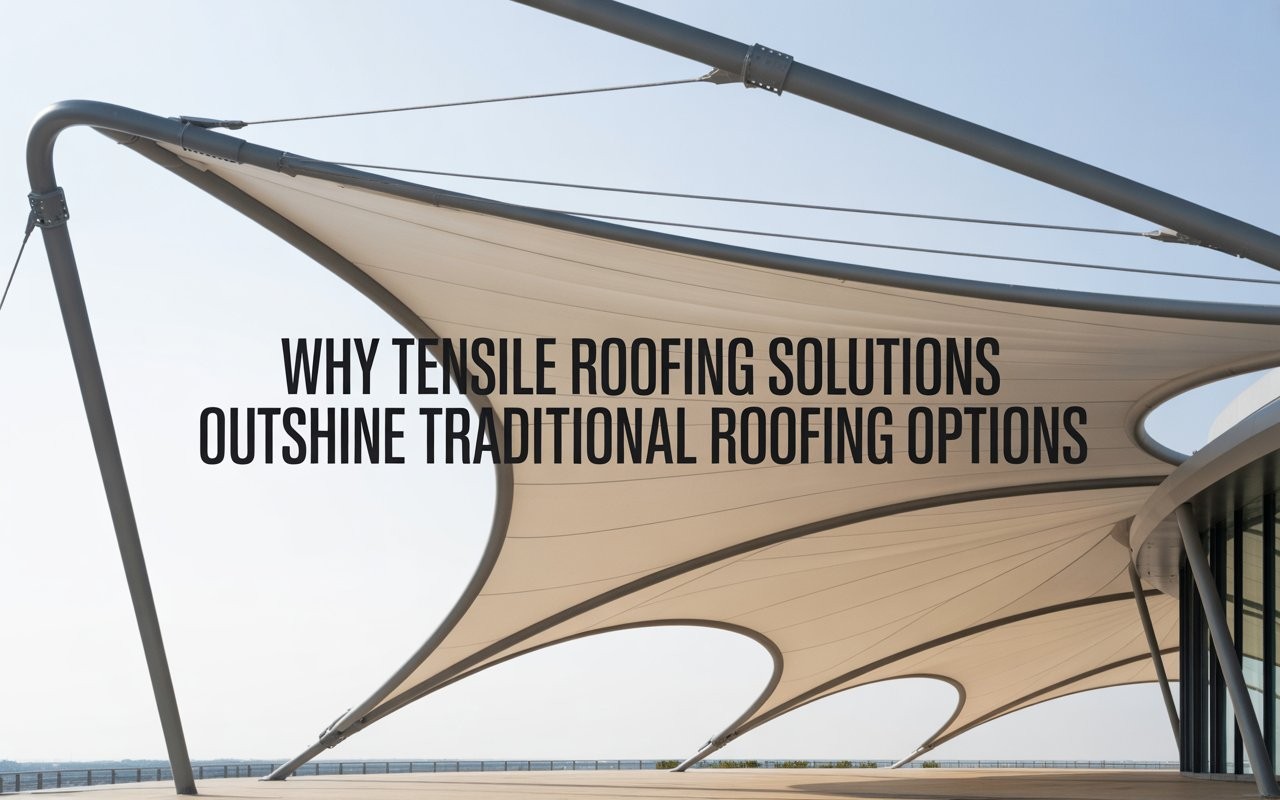
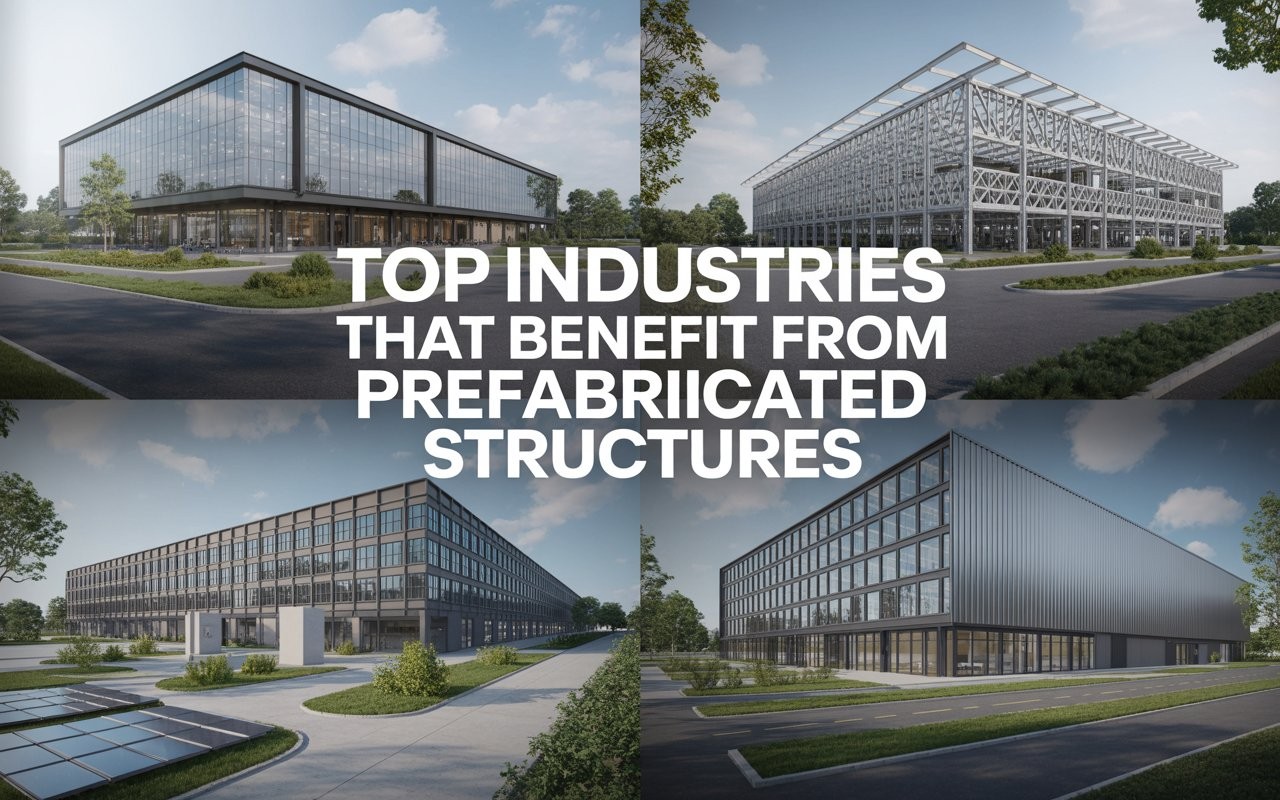
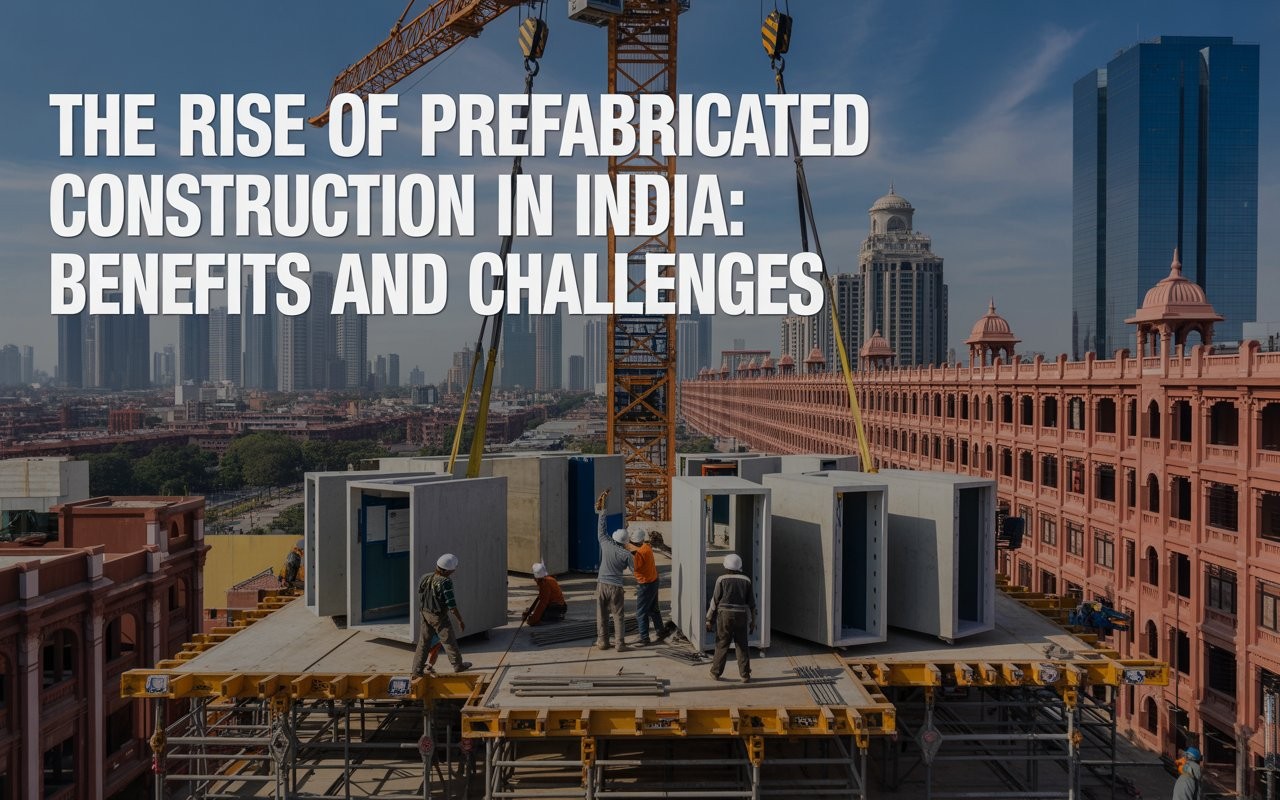
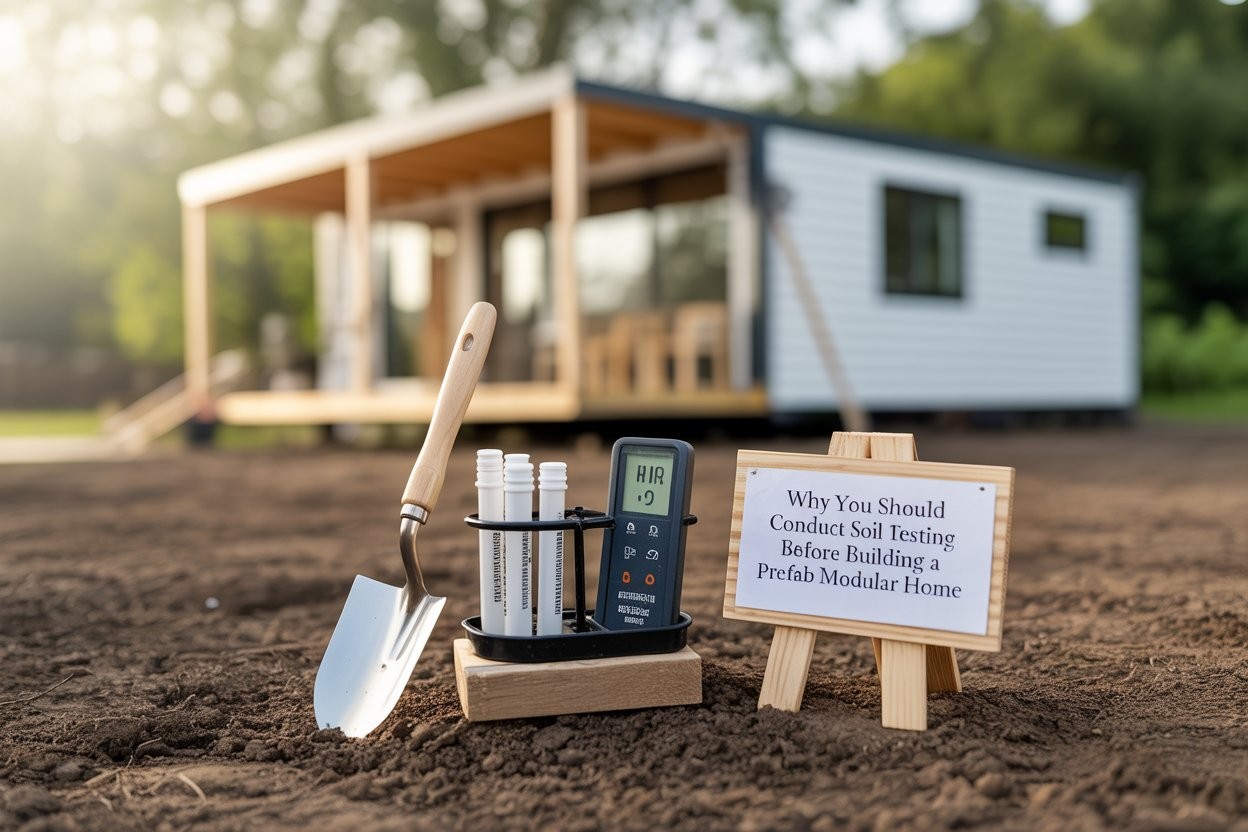
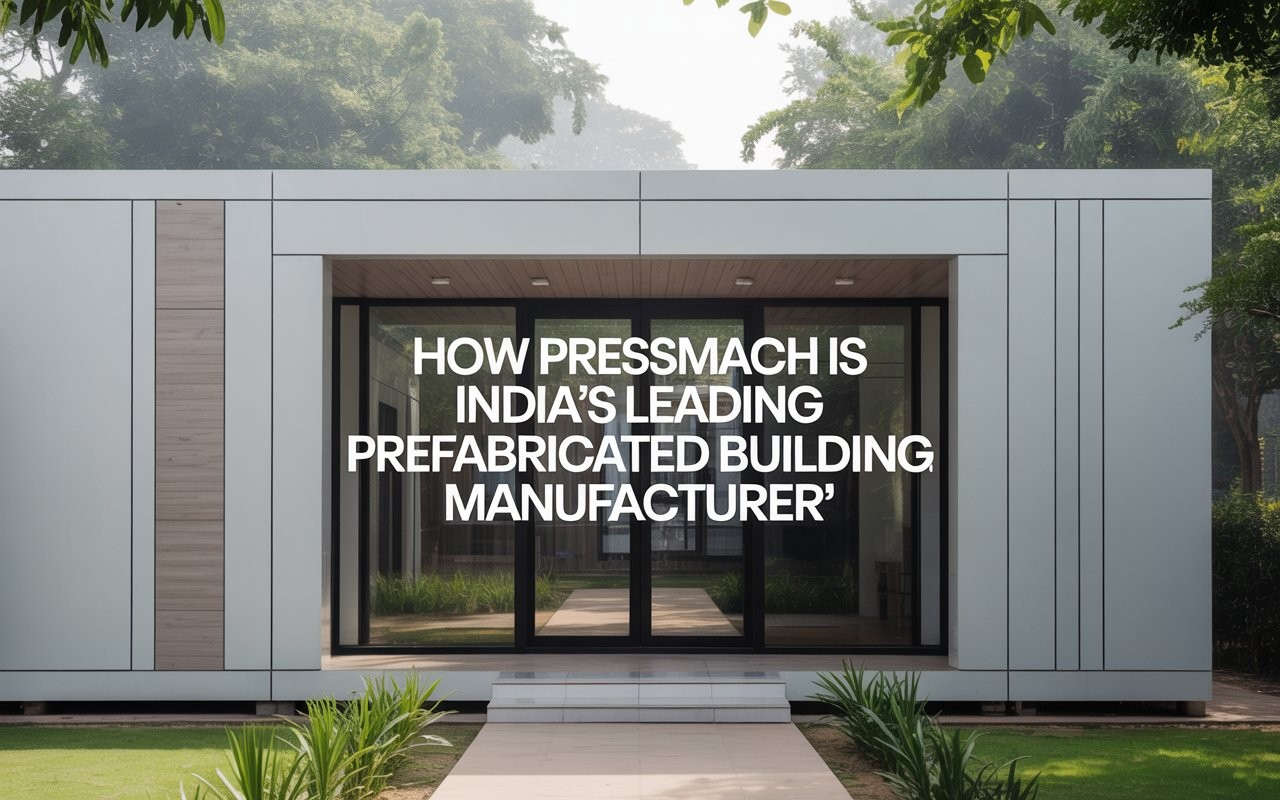
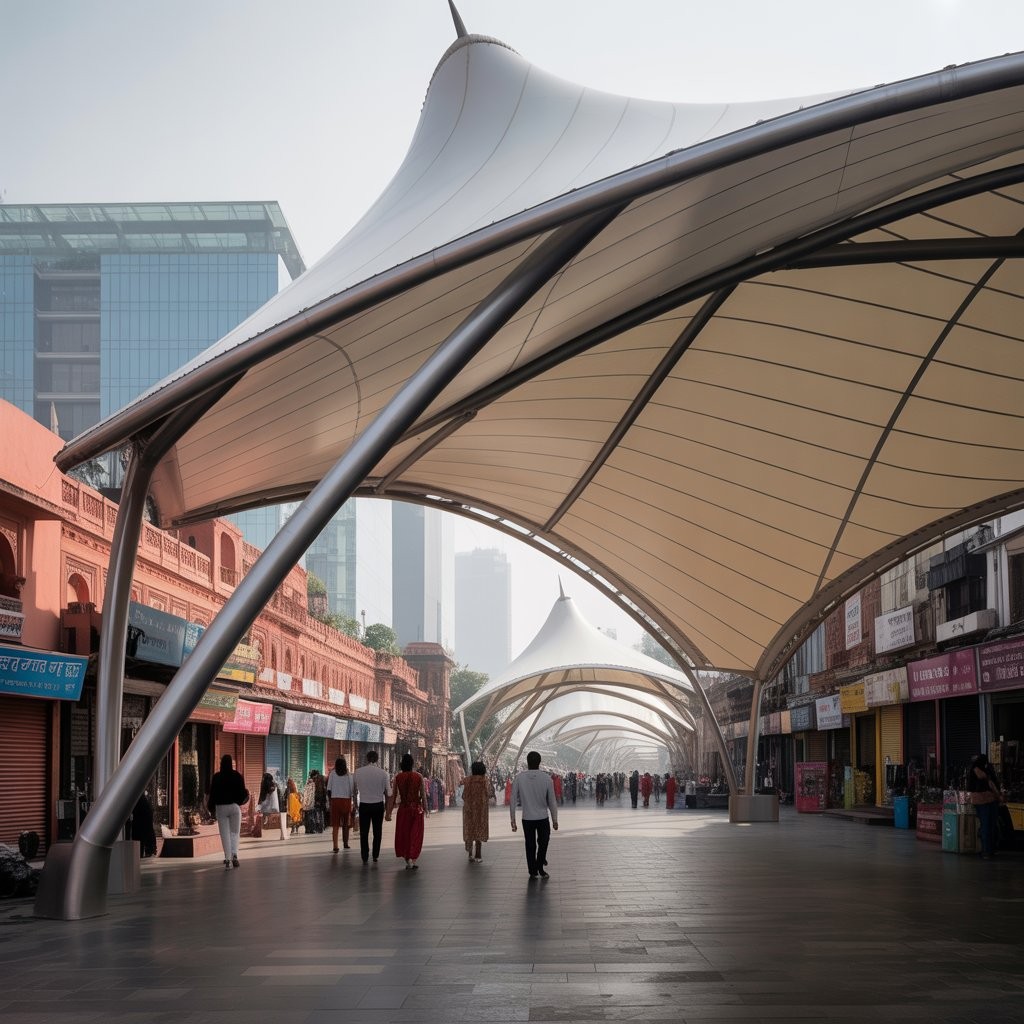

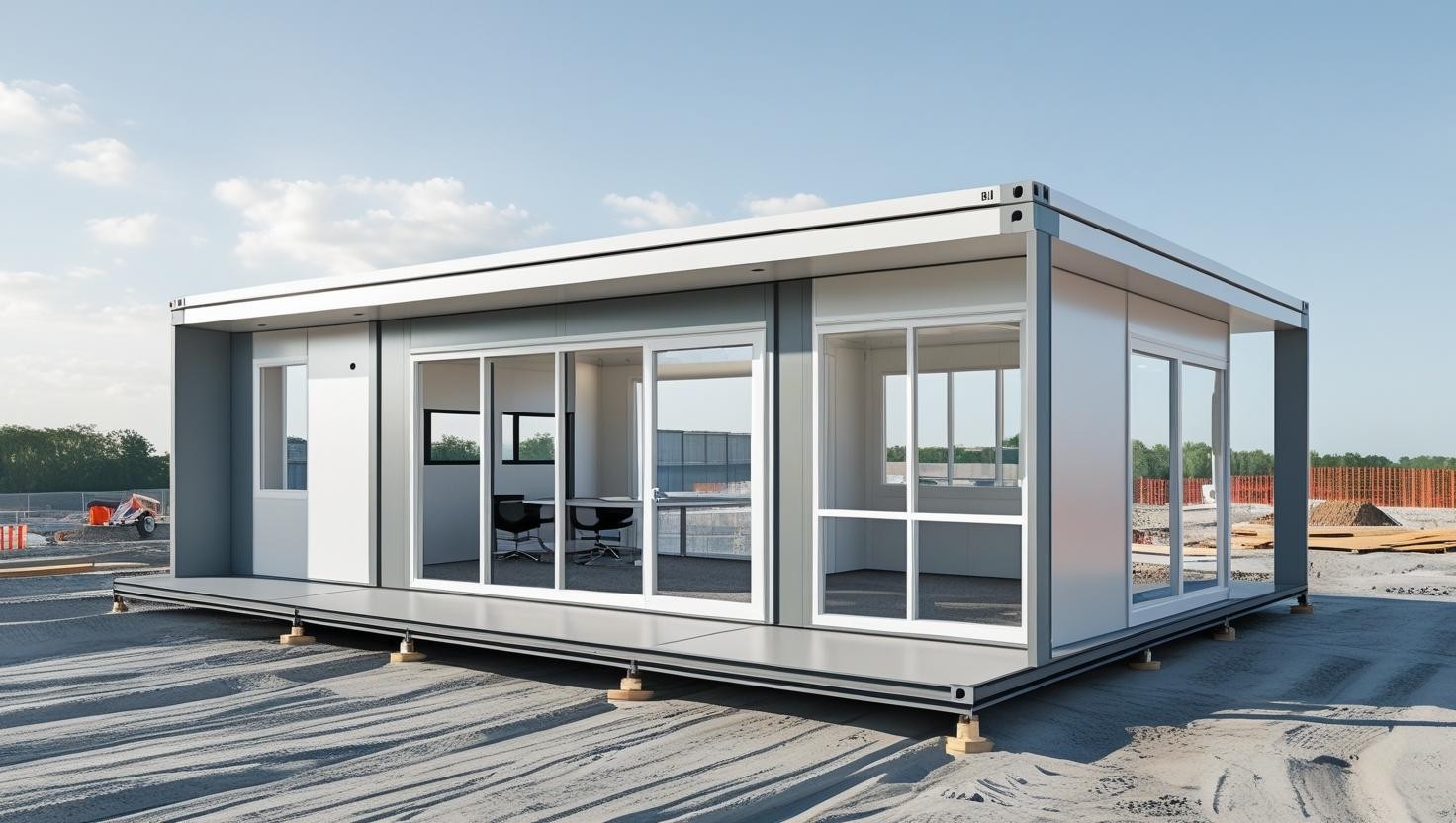
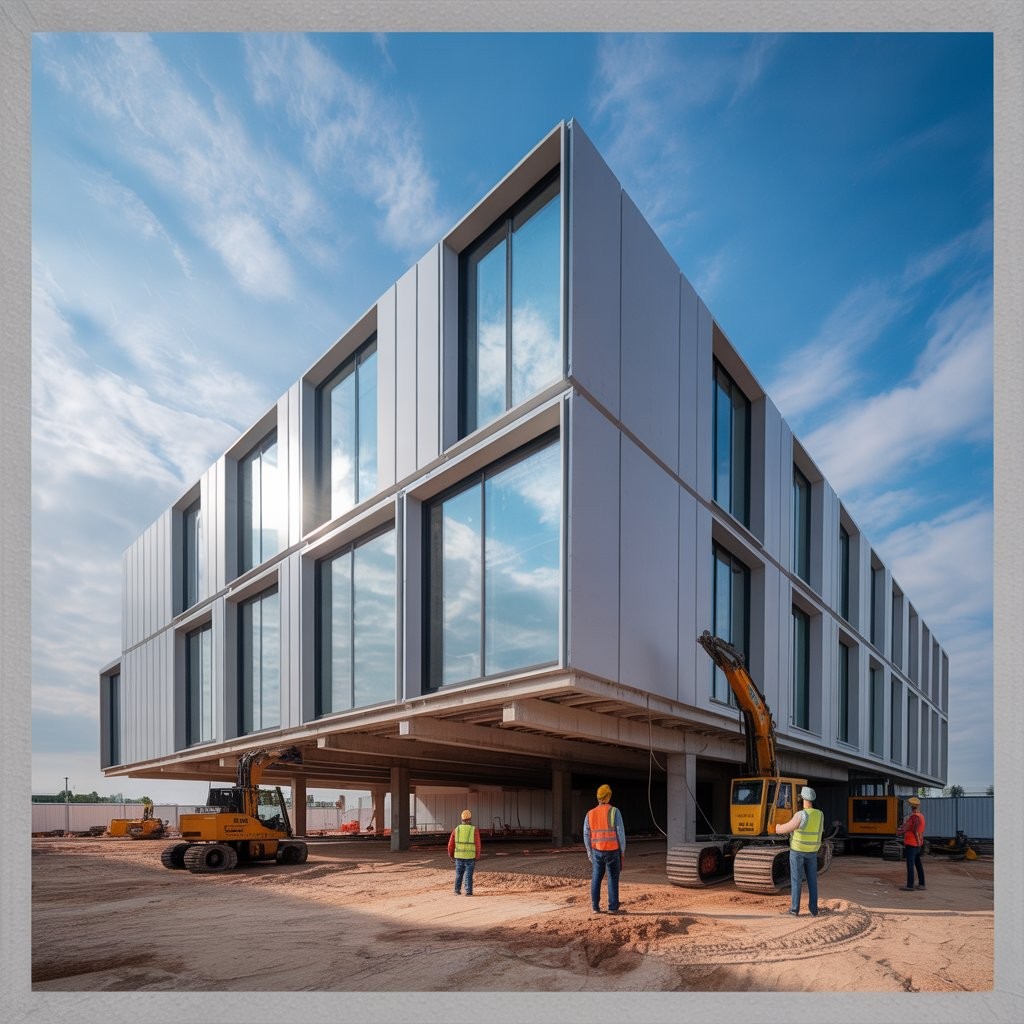










6790c3d8f29a2.jpeg)

























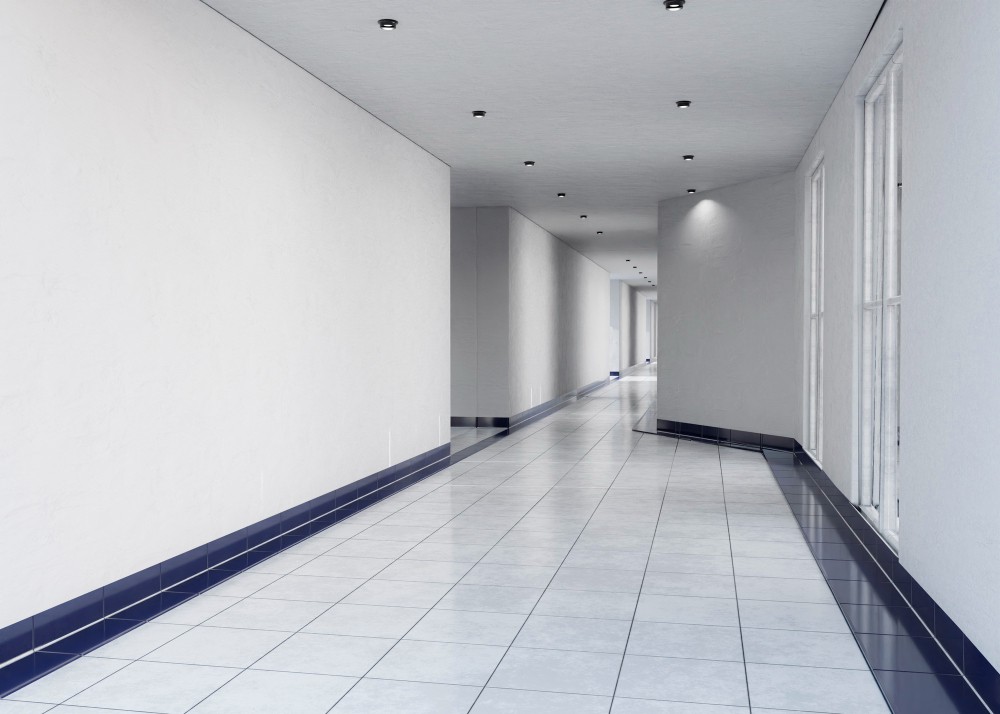
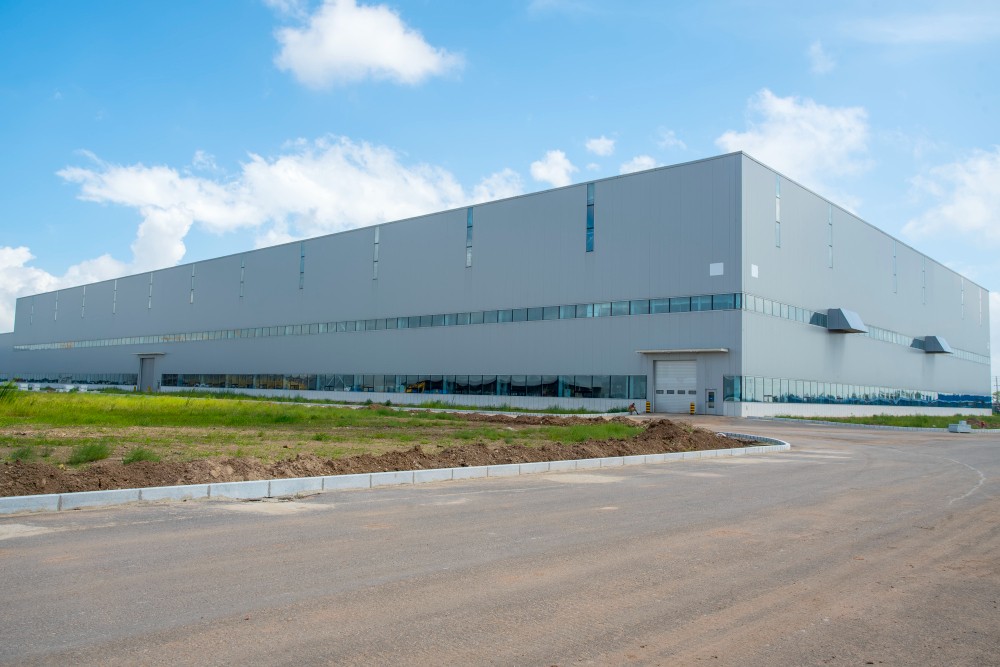

65cf4d38697f9.webp)

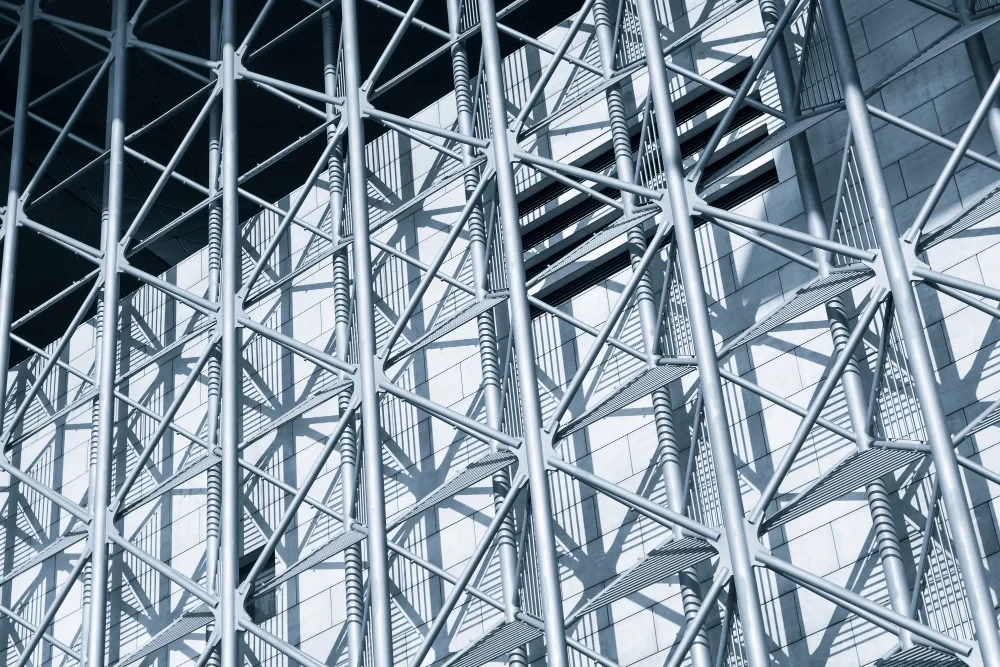
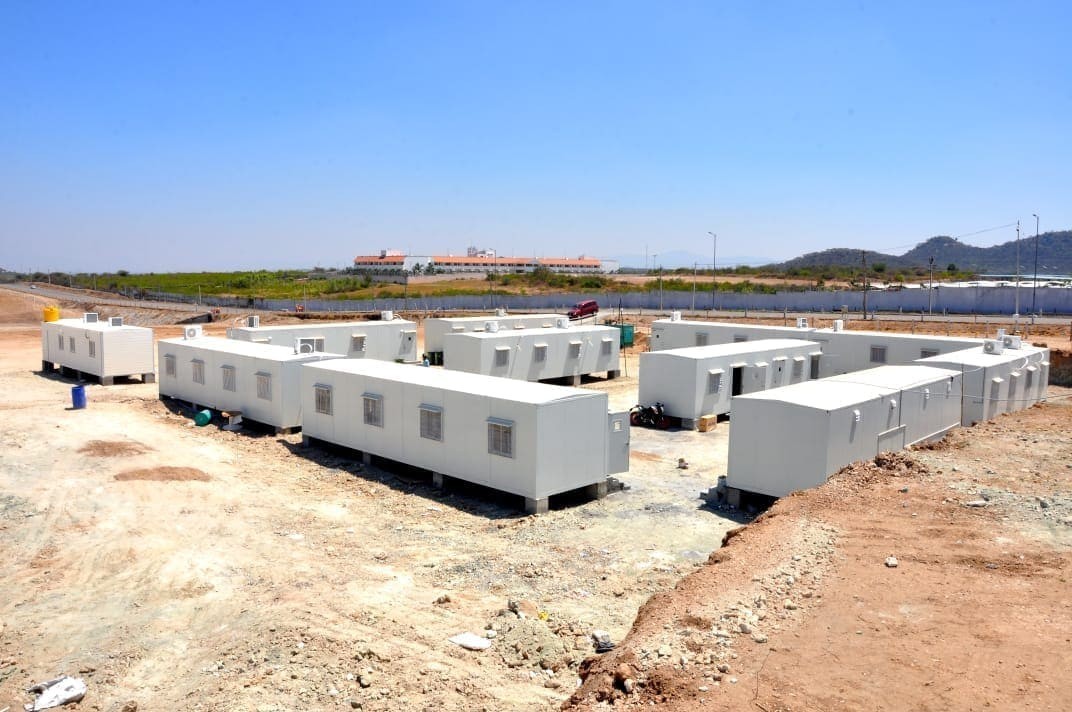
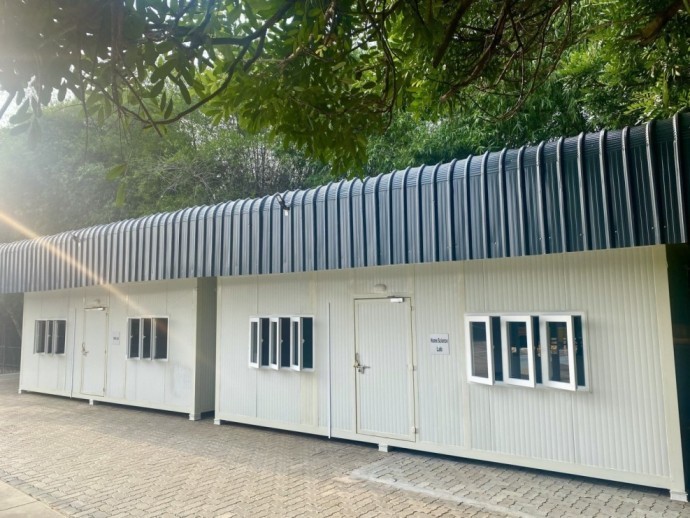

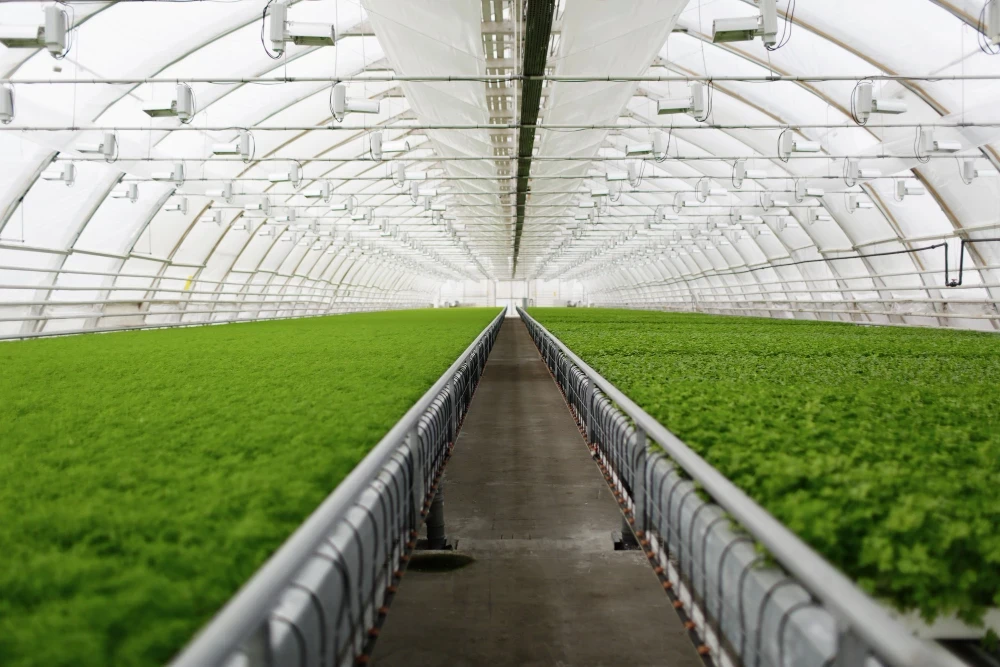
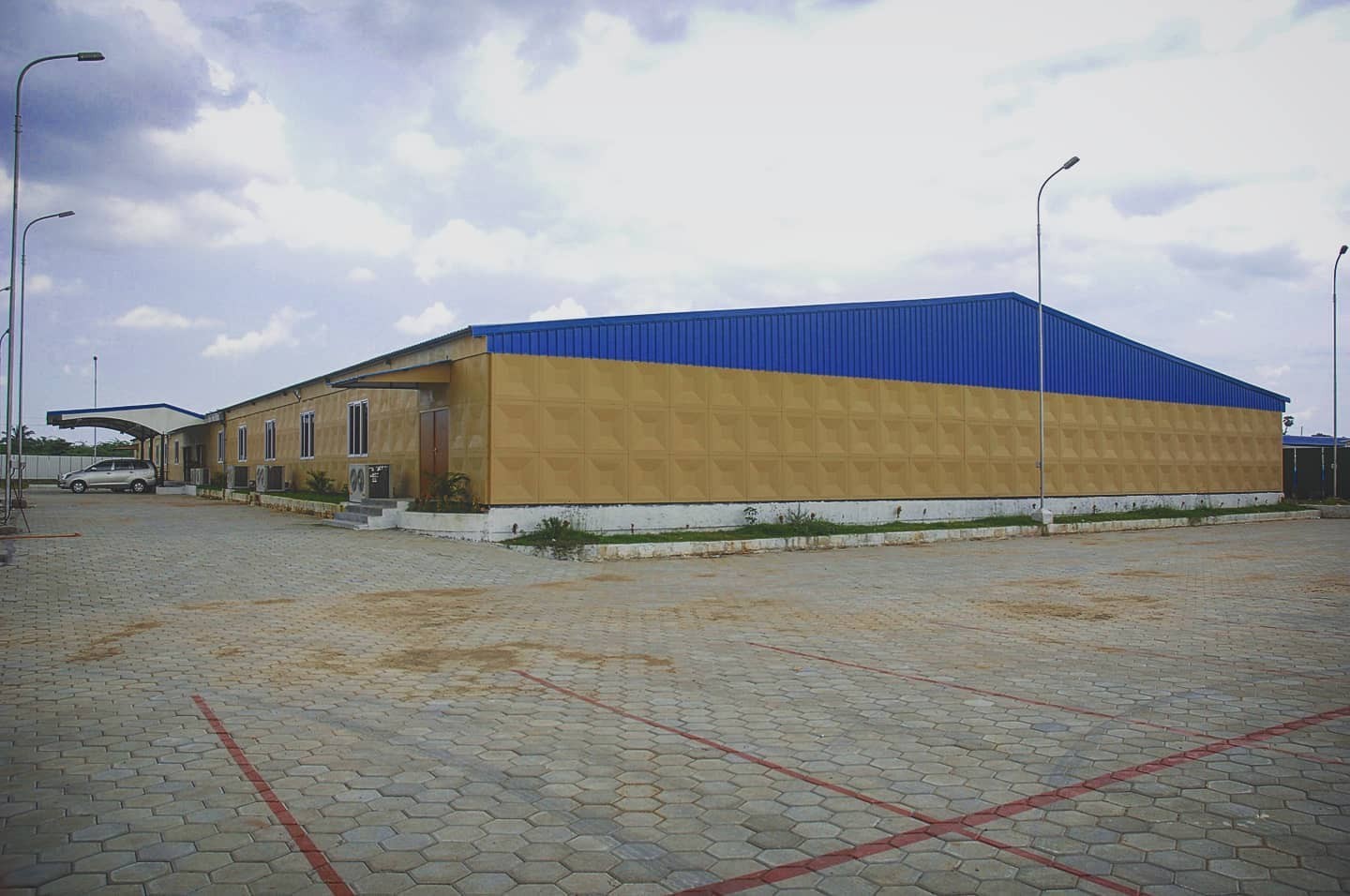
65cf65f046eed.webp)
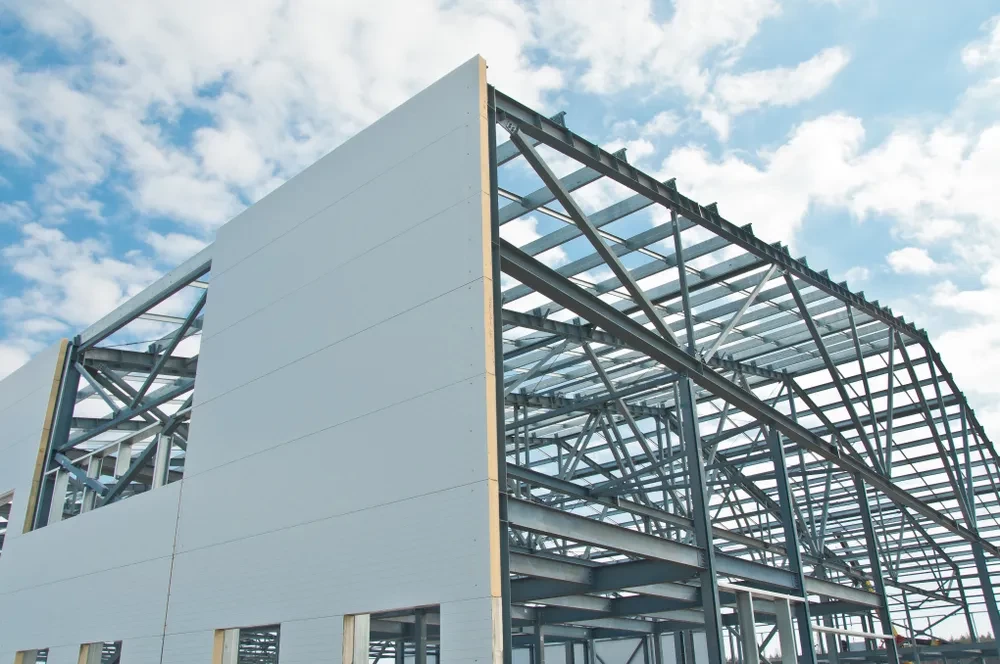

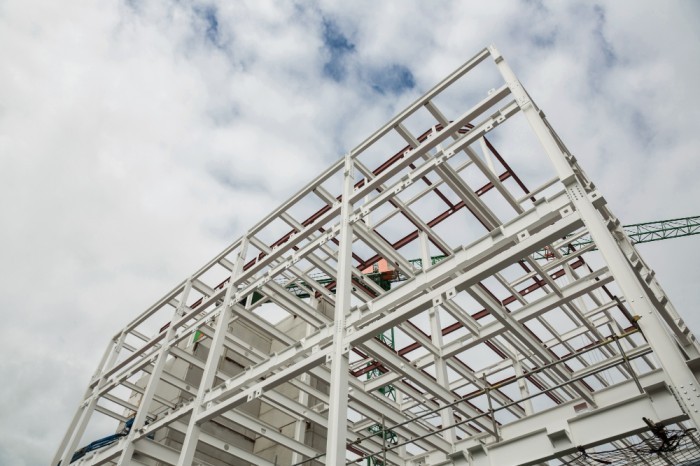
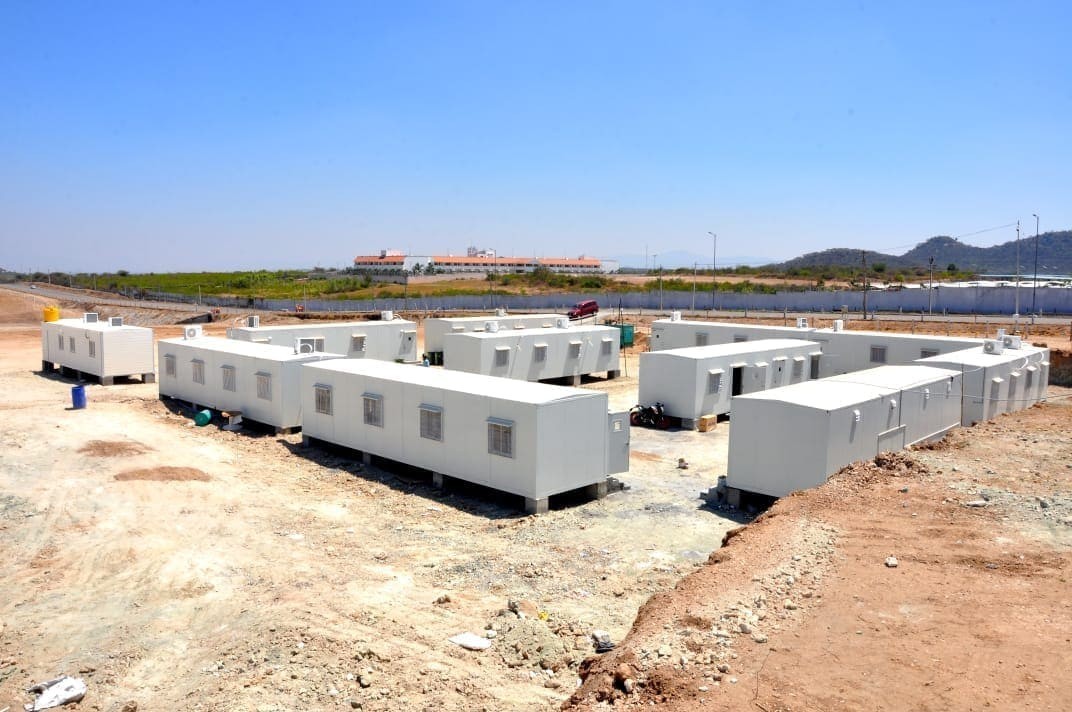
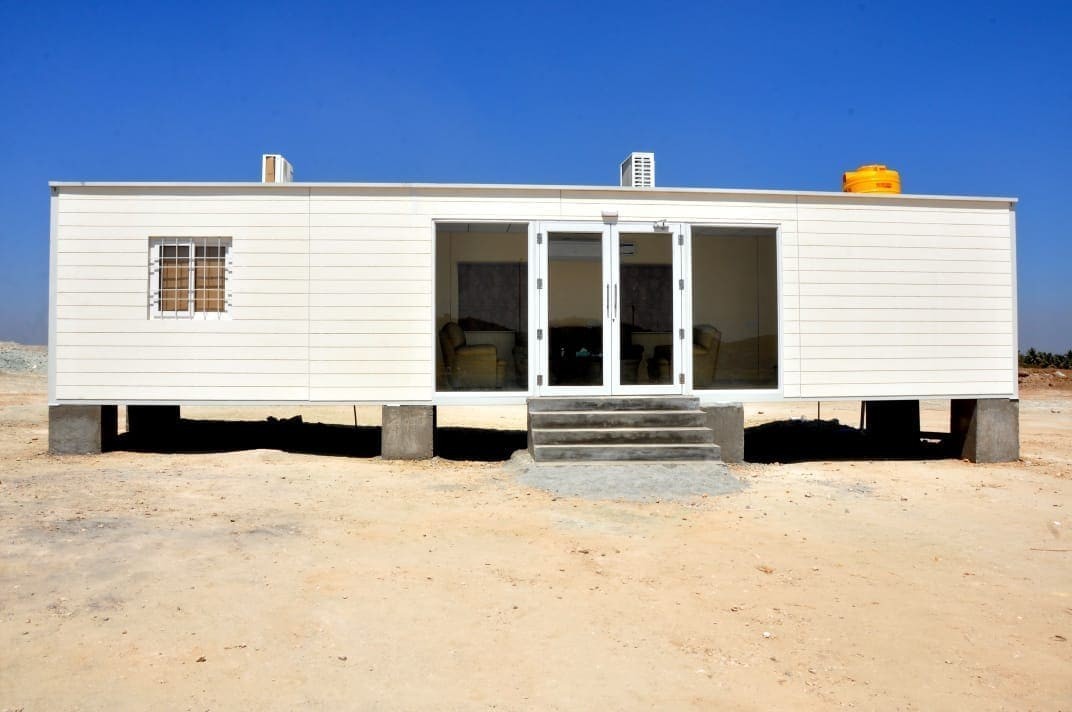
64afe3444467b.jpeg)
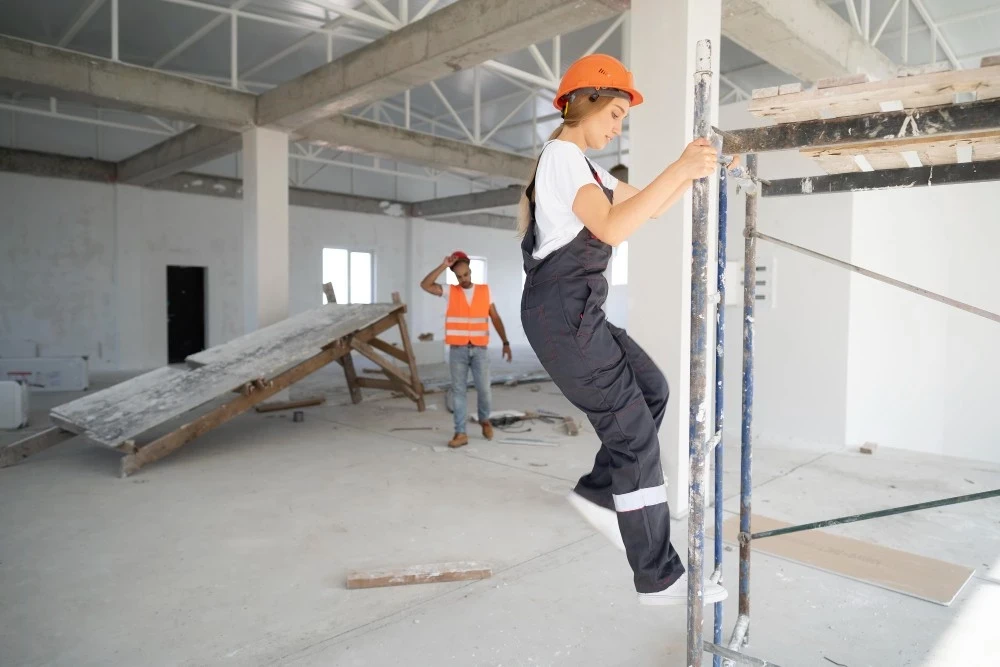
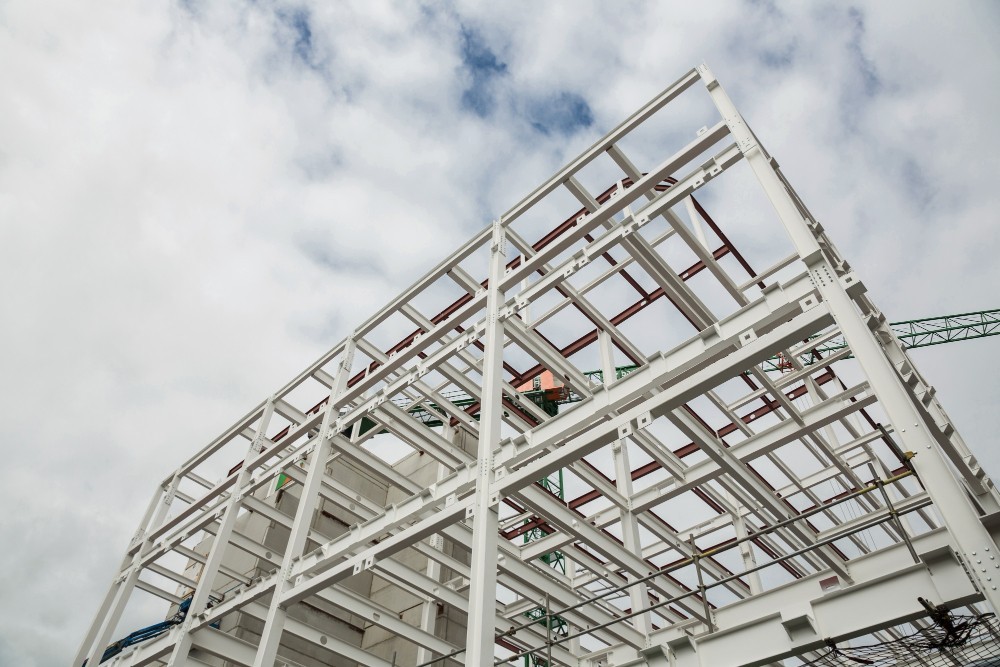
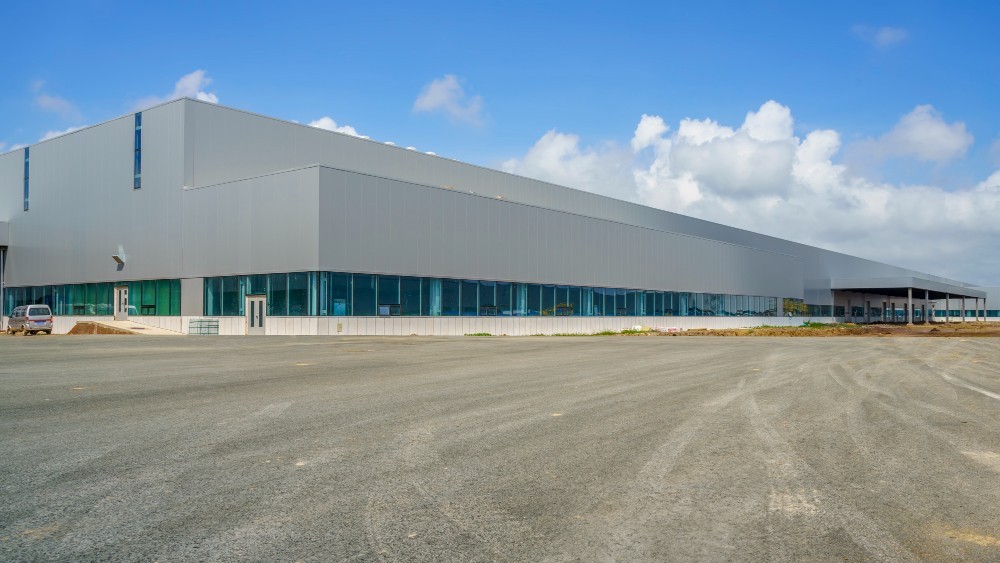

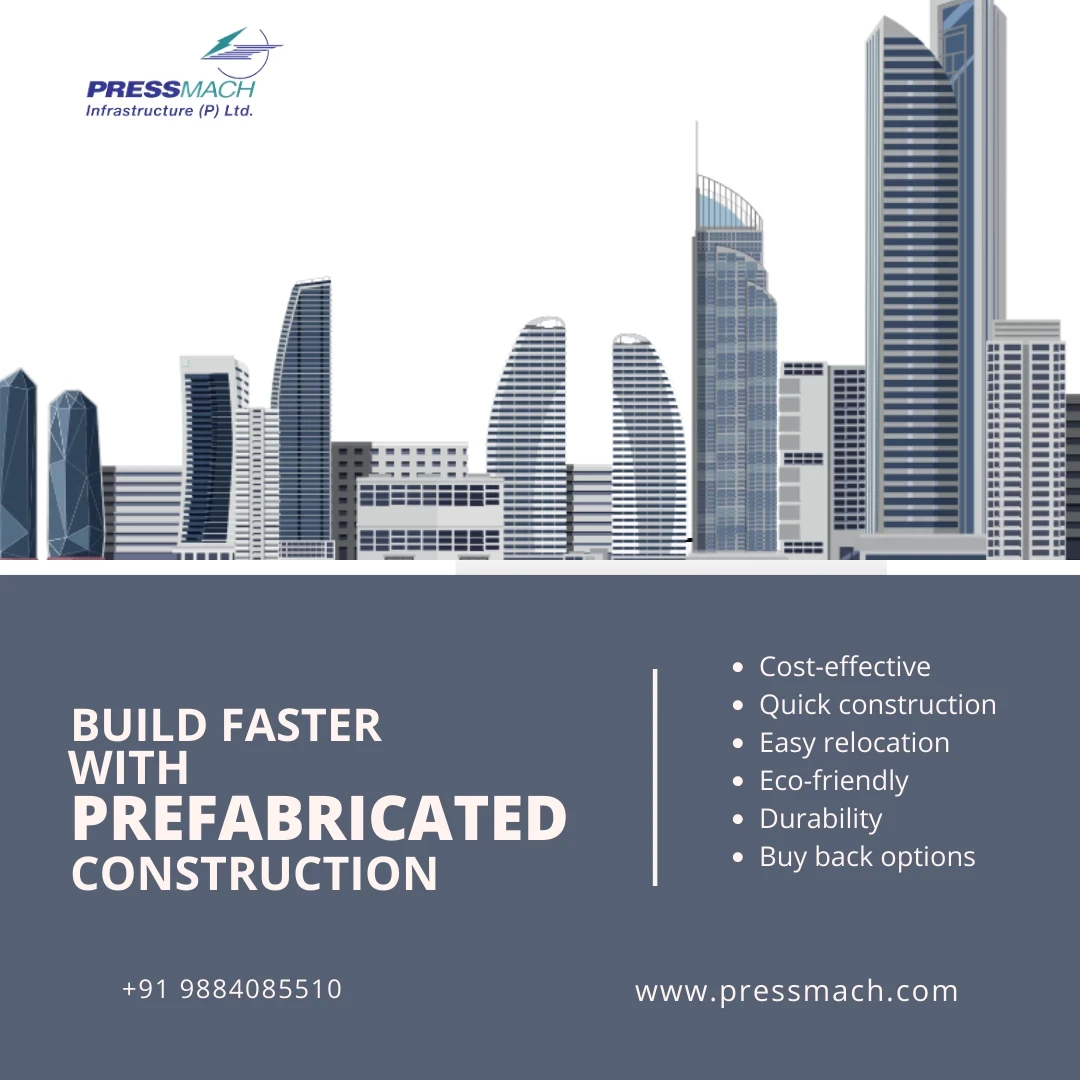
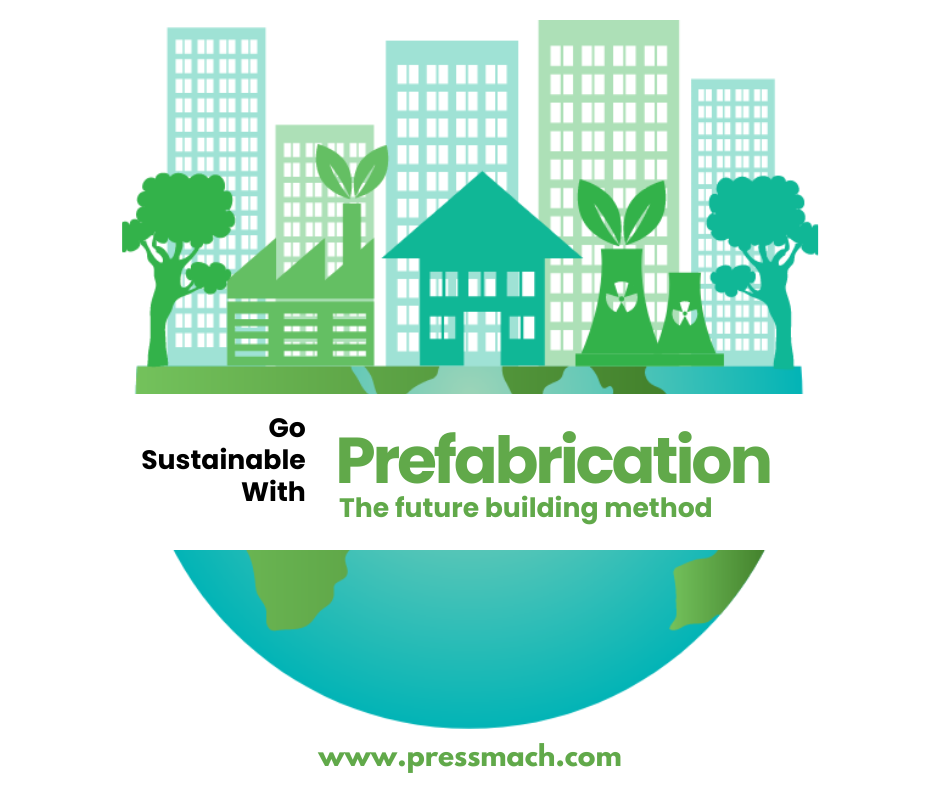
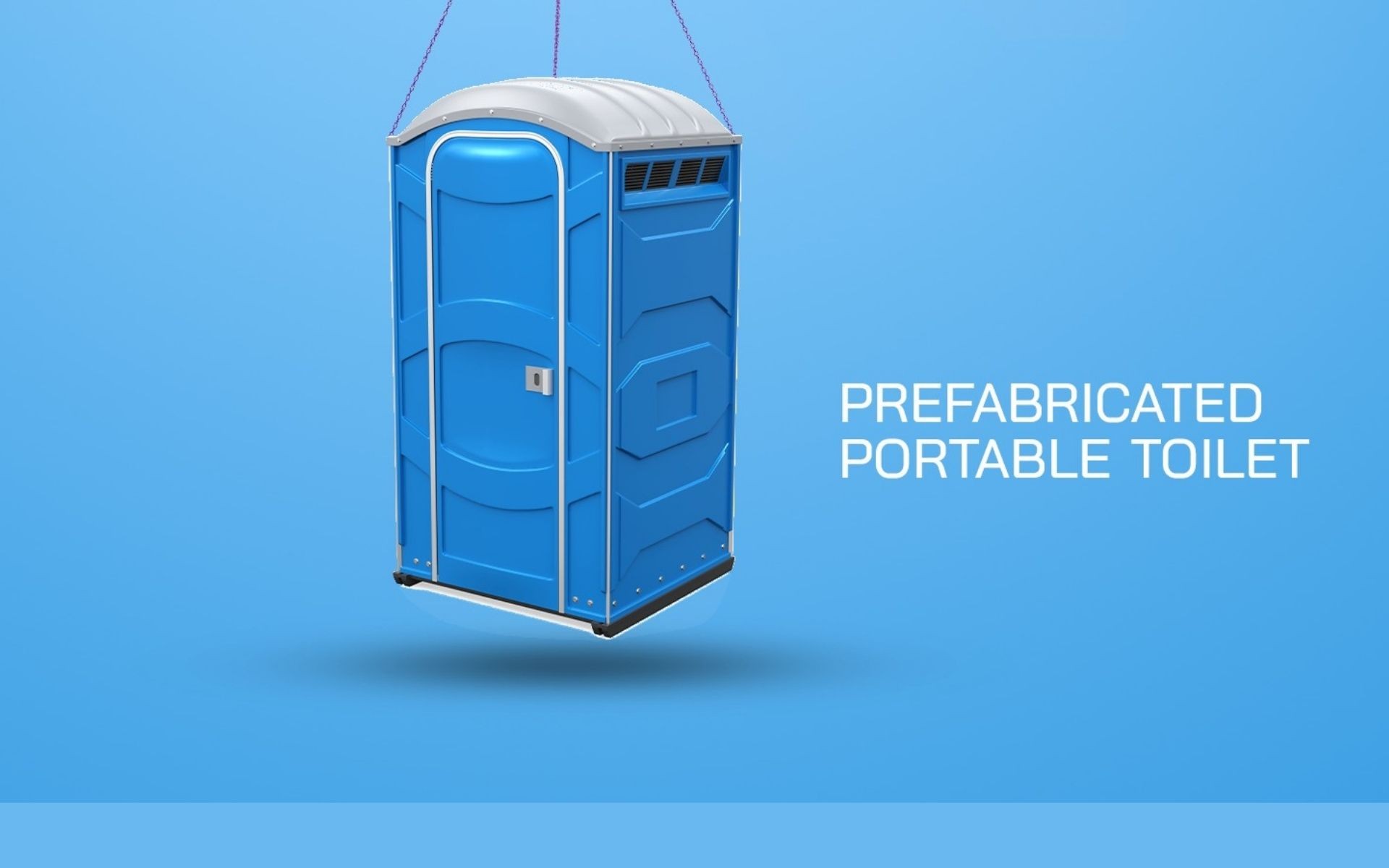

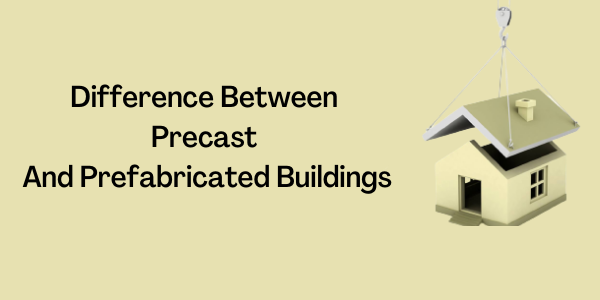


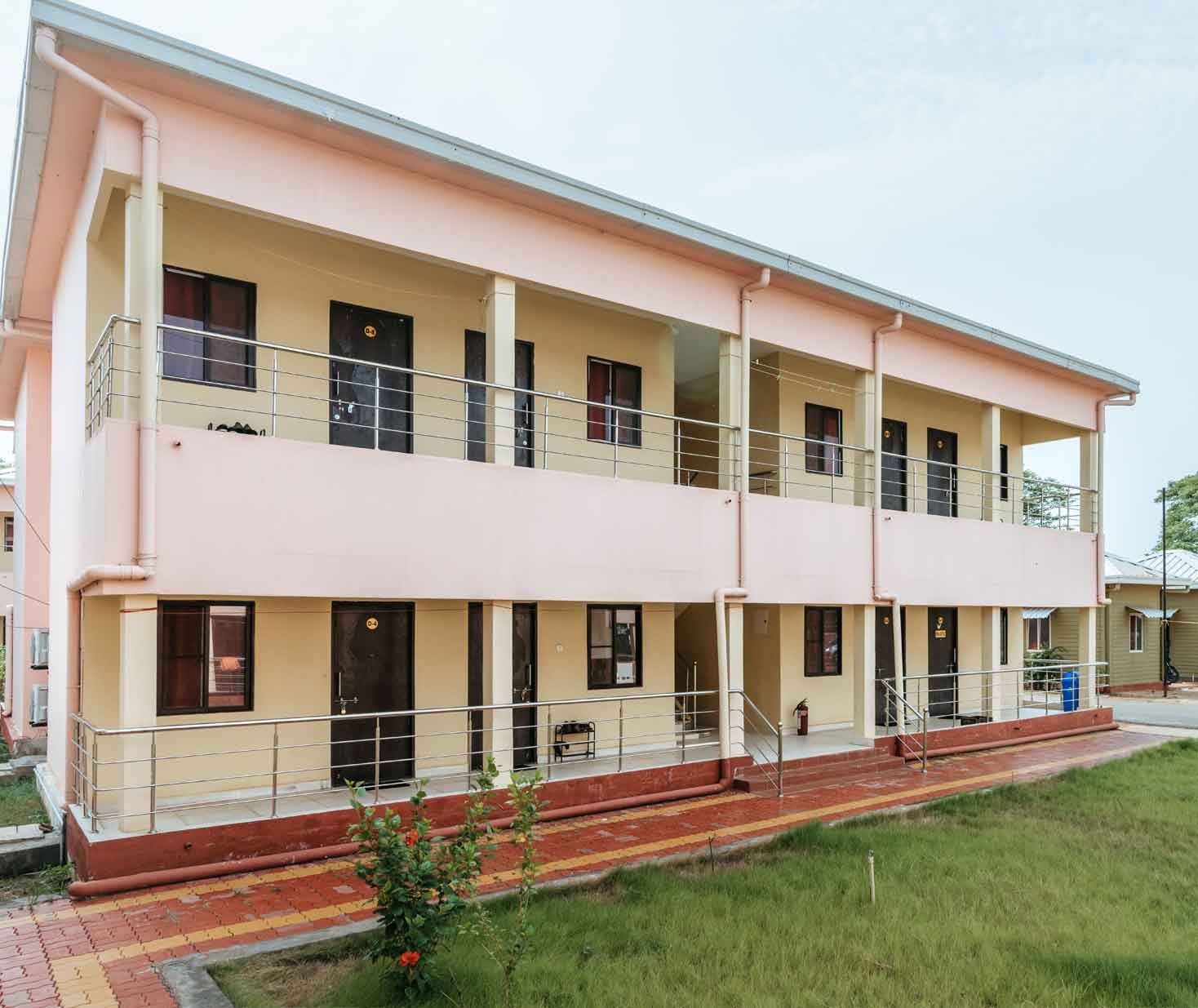
 site office front view622f00119ba65.jpg)

6349487807893.jpeg)